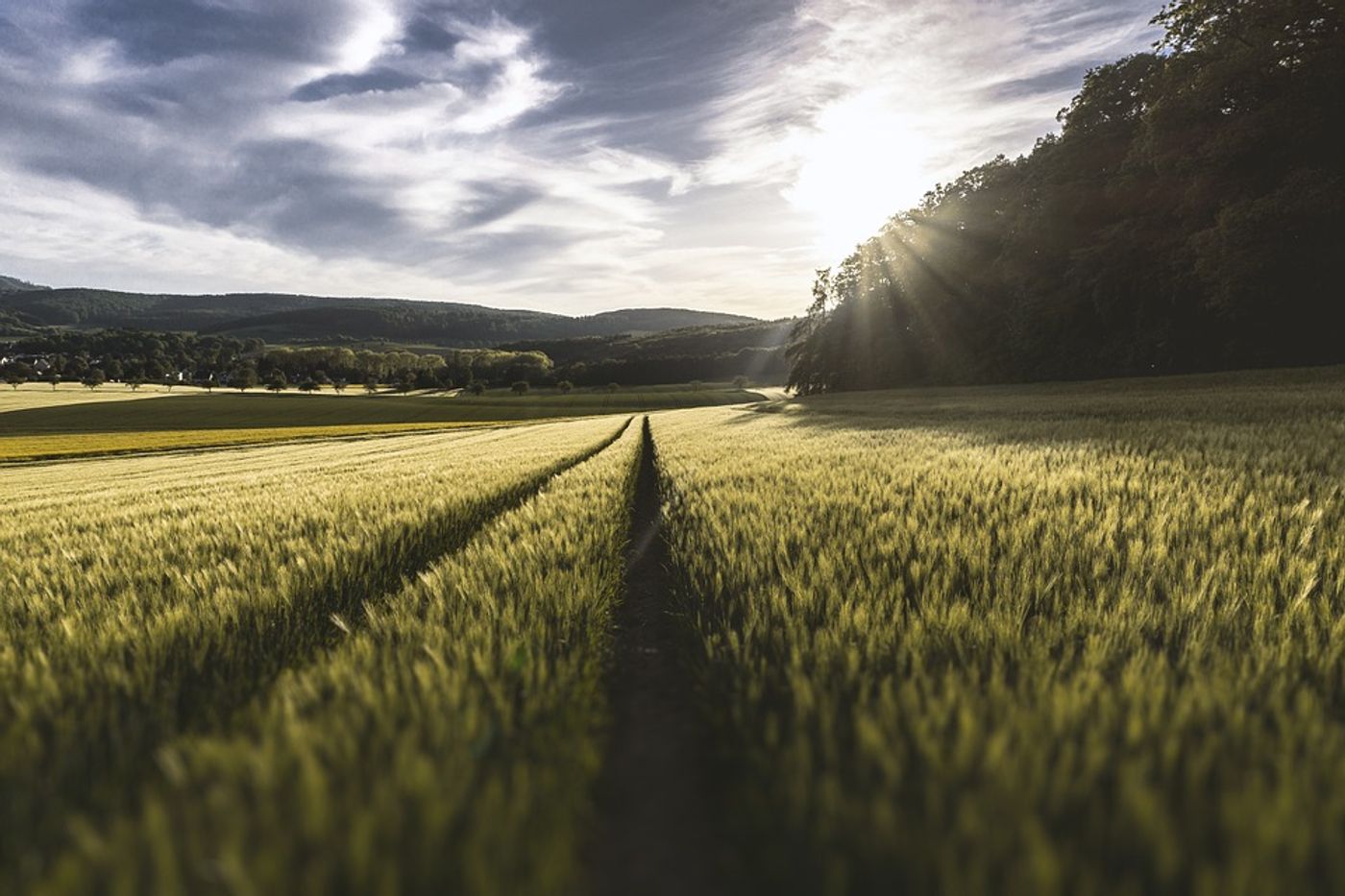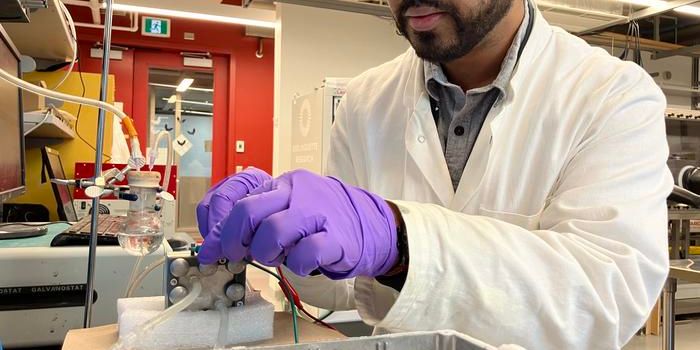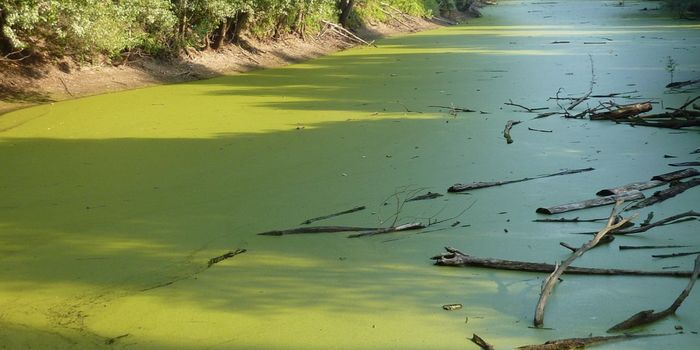Improving water quality by planting trees
Sometimes it is extremely difficult to quantify ecosystem services, such as how much reforestation is worth in terms of water quality, economically speaking. Does that sound like a mouthful? You’re not alone – scientists have been trying to figure out ways to accurately quantify ecosystem services for a while now, especially in light of climate change and all the varying disasters that go along with it. But new research published recently in the journal PLOS ONE actually has provided some hardcore numbers regarding the economic value that reforestation has on surrounding areas’ water quality. The research comes from Professor of environmental biogeochemistry, Arturo Keller, at UC Santa Barbara.
"While we have intuitively known that reforestation can be a very positive action, to date, determining how much bang for your buck you can get in terms of water quality has not been reliably quantified," said Keller. "Here we present an approach for identifying areas where reforestation will be most effective for improving water quality, using a widely available USDA model and data sets that anyone can access."
Keller and his co-author Jessica Fox from the Electric Power Research Institute (EPRI) concentrated their research on the Ohio River Basin, an area of the country of extreme agricultural importance. Over a third of the basin is dedicated to agriculture and its geography means that in addition to providing water to millions of people, it also drains into the Gulf of Mexico via the Lower Mississippi River Basin. The Gulf of Mexico has been a region of particular concern to experts studying how nitrogen and phosphorus fertilizers from agricultural industry create dead zones, anoxic areas of the ocean where fish and other marine animals often cannot survive. Agricultural run-off from the Ohio River Basin contributes to the problem facing the rivers and ocean.
The research team focused on the potential opportunities that marginal croplands (lands with low agricultural value because of terrain, poor soil quality, or insufficient water supply) could bring if they were to be reforested. As the authors explain, planting trees not only brings the benefit of sequestering carbon, they also are capable of lowering the movement of elements in the sediment from agricultural run-off. "Trees retain soil and sediments almost completely, compared to open fields, and take up the available nitrogen and phosphorus, as well as store carbon," said Keller.
The study reports that about 10% of the current cropland in the Ohio River Basin region was identified as a high priority for reforestation. According to Keller, that means, "If this area was converted from marginal cropland to healthy forests, there would be the potential to avoid 60 million kilograms of nitrogen and two million kilograms of phosphorus from reaching the streams and rivers of the northern Ohio River Basin. That's on the order of a 12% decrease in total nitrogen, and a 5% decrease for total phosphorus for the entire basin, which drains to the Gulf of Mexico."
The benefit of Keller’s research is that it puts hard numbers down that will help promote programs that incentivize facilities and local farmers to plant trees for water quality credits. "Quantifying these effects can now be used to give tradable credits for improving water quality,” explains Keller.
Sources: Science Daily, PLOS ONE









